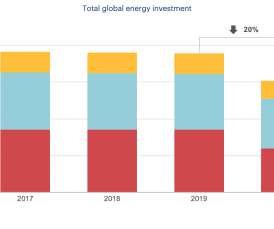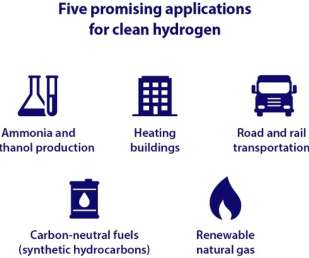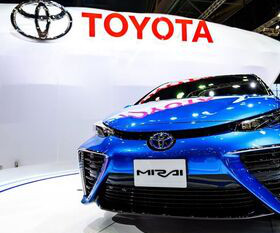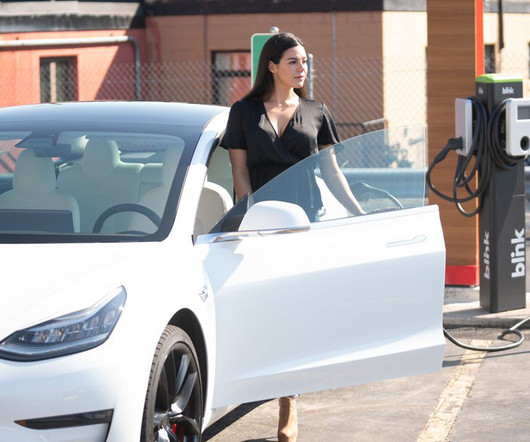BNEF report finds hydrogen promising decarbonization pathway, but carbon prices and emissions policies required
Green Car Congress
MARCH 31, 2020
The falling cost of making hydrogen from wind and solar power offers a promising route to cutting emissions in some of the most fossil-fuel-dependent sectors of the economy, such as steel, heavy-duty vehicles, shipping and cement, according to a new report from BloombergNEF (BNEF). MMBtu) in 2050. Source: BloombergNEF.







































Let's personalize your content